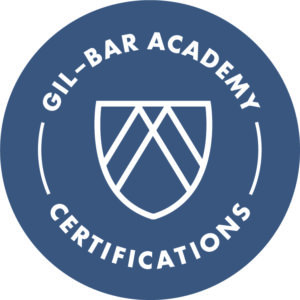Getting Ready for the Heat: Before Your HVAC Acts Up
Avoid headaches with these tips from the pros
By Mike Furey, General Manager, MIH Systems Group
There is a famous saying within the HVAC industry: Components don’t die, something kills them. Component failure can lead to costly repairs, and when it happens, service technicians turn into de-facto detectives looking for the killer. Most of the time though, failures come from one thing: lack of maintenance.
Given the many levels of preventive maintenance required to keep equipment from dying, being proactive with all systems connected to your mechanical equipment is key. “Unnecessary breakdown” is a word no one likes to hear, but it’s caused when preventive action isn’t performed. During a formal maintenance visit, a trained technician inspects equipment looking for any possible defects in devices that could cause a failure, and when a dirty device or failed component is discovered, the technician can address the problem in real time, avoiding a breakdown.
So, what is the number one preventable cause of major damage and repair costs? Water Leaks. An unchecked leak can lead to a host of other issues, including clogged drain lines, slimy overflow in condensate drain pans, and more. While inspecting for leaks, it’s also a good idea to check for dirty air filters, worn fan belts, and dirty blower wheels.
Being proactive with your equipment doesn’t just prevent breakdowns either. It can improve normal operation as well, affecting:
- Energy Efficiency: When equipment is maintained properly, it reduces stress on the internal machinery, allowing it to operate as designed.
- Air Quality: Poor air quality is a direct result of an unclean air filter, but maintaining and replacing UV lighting and other devices that regulate the amount of air transfers performed throughout day are also just as critical.
Just like for us, reduced stress extends life. This is especially important when talking about equipment that operates off electricity. When equipment consistently operates un-maintained, it uses more electricity, which causes overheating, additional stress, and equipment failure.
MIH Systems Group, of the Gil-Bar and Ambient HVAC collective, has advocated for peak efficiency, maintenance, and safety for each of its clients since its inception in 2009. MIH recommends regular maintenance checks every three months for commercial properties.
HVAC Critical Systems Checklist:
[ ] Inspect for Leaks
[ ] Check for Dirty Air Filters
[ ] How is your Fan Belt Looking?
[ ] Are your Blower Wheels Clean?
MIH Systems Group
20 West 36th Street, Suite 700
New York, NY 10018
(212) 714-0178

